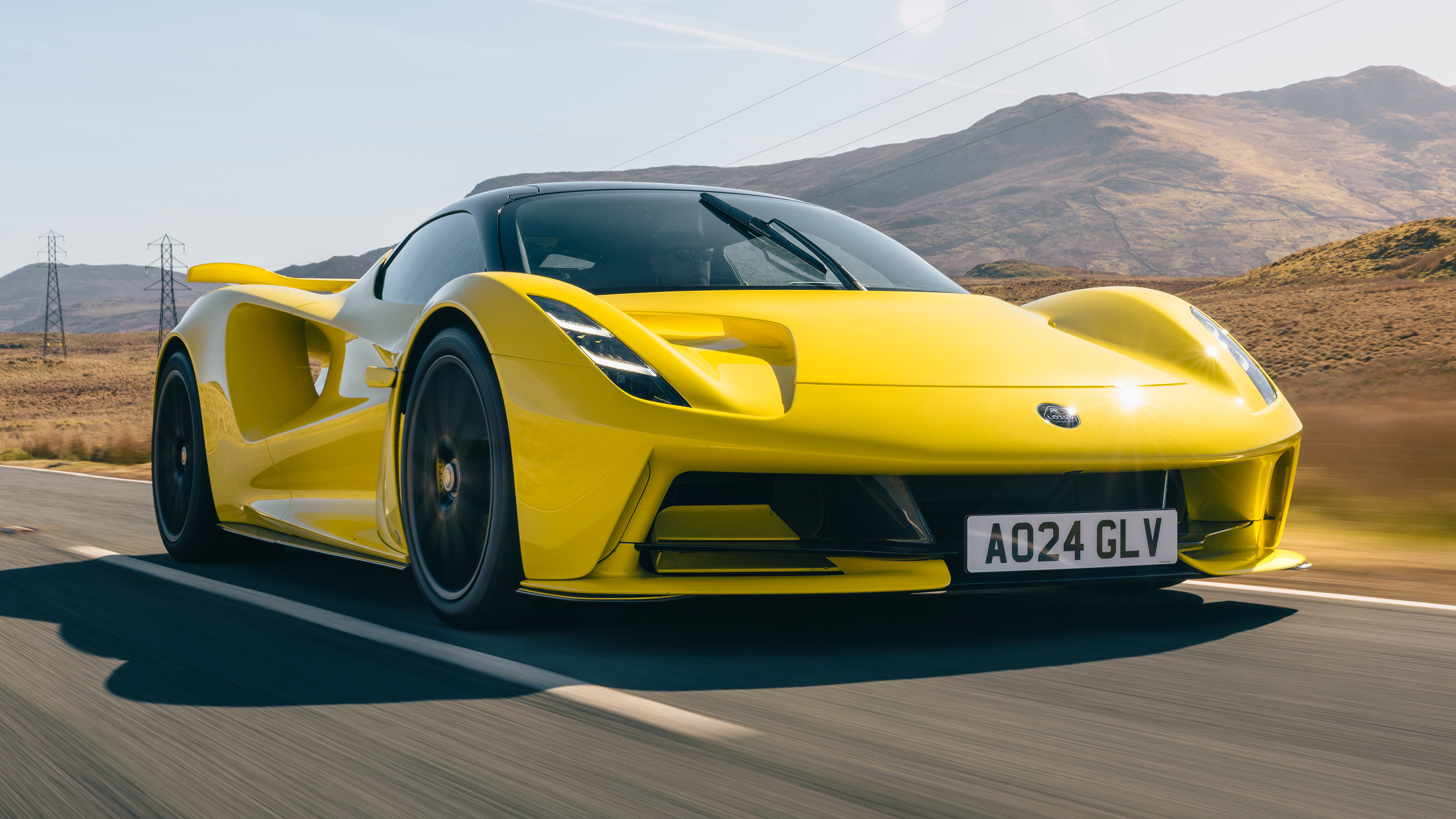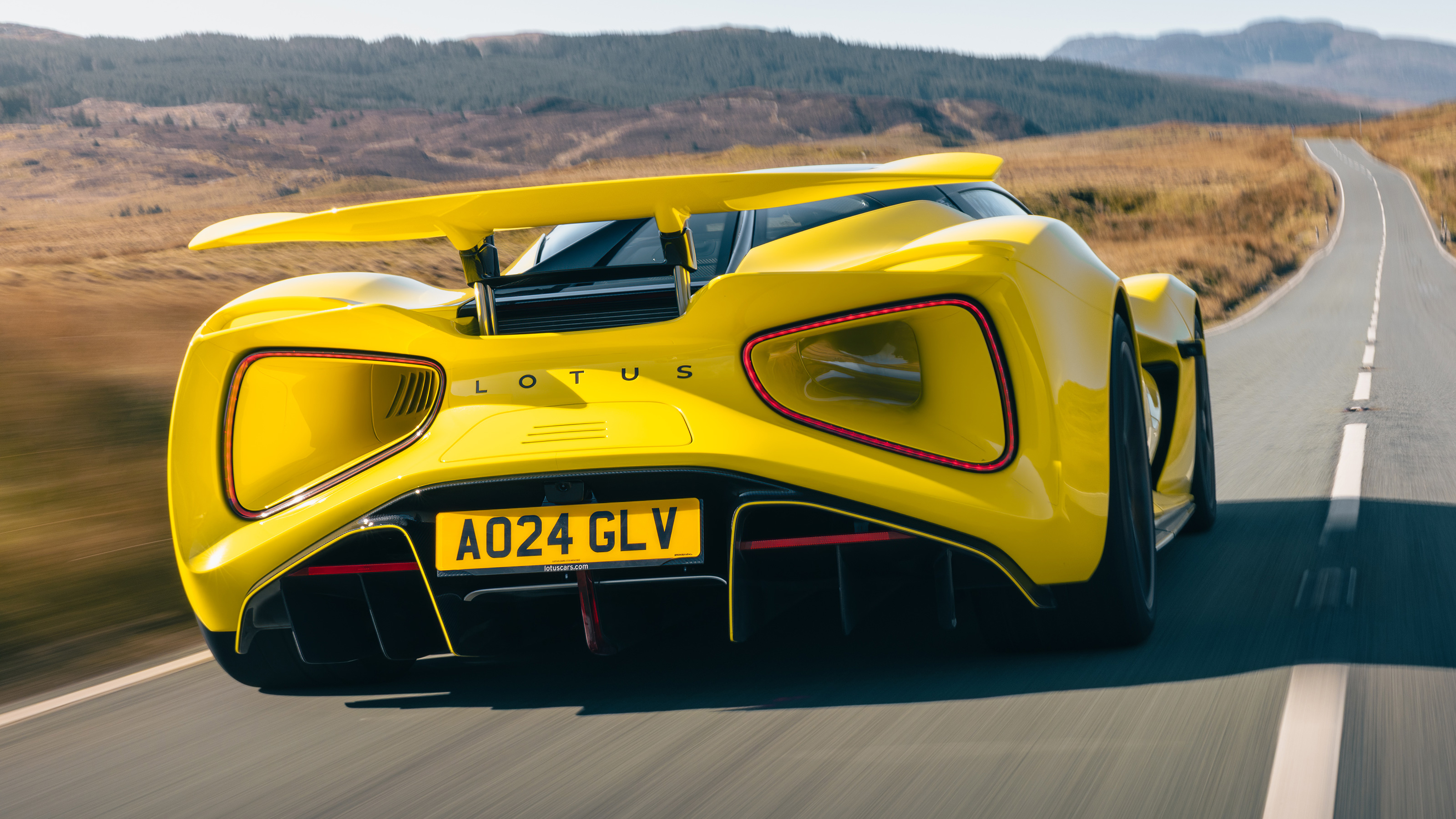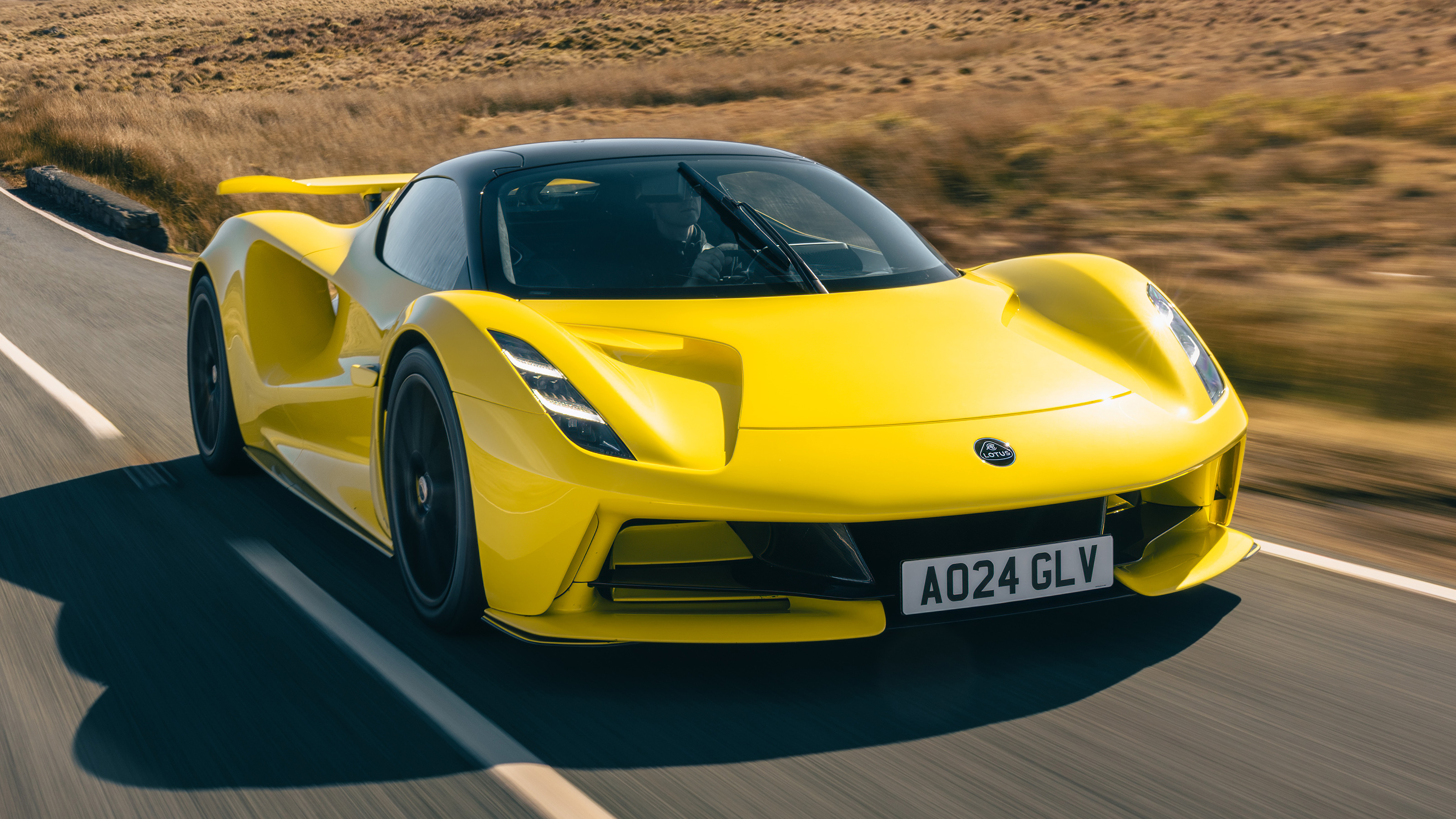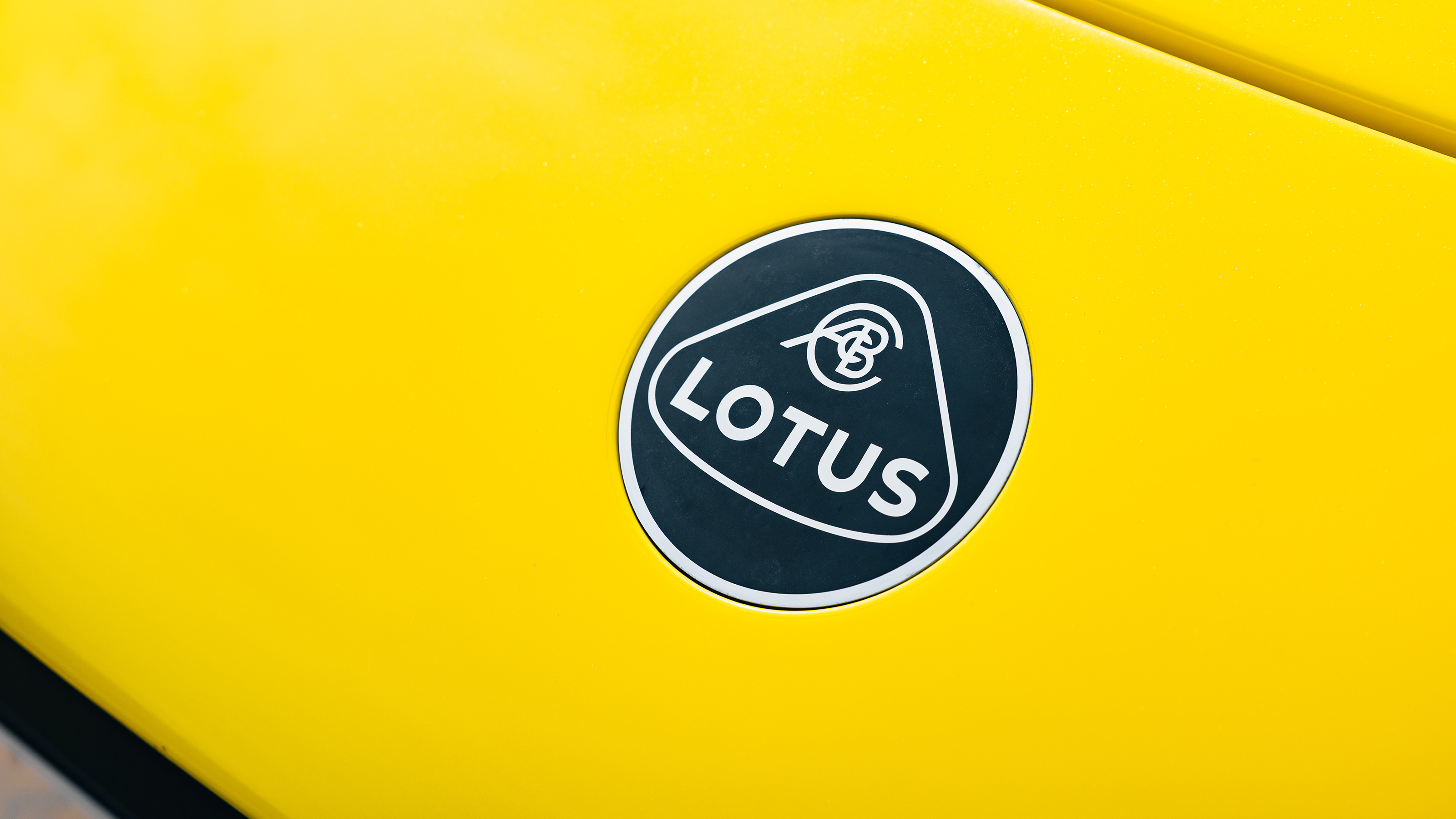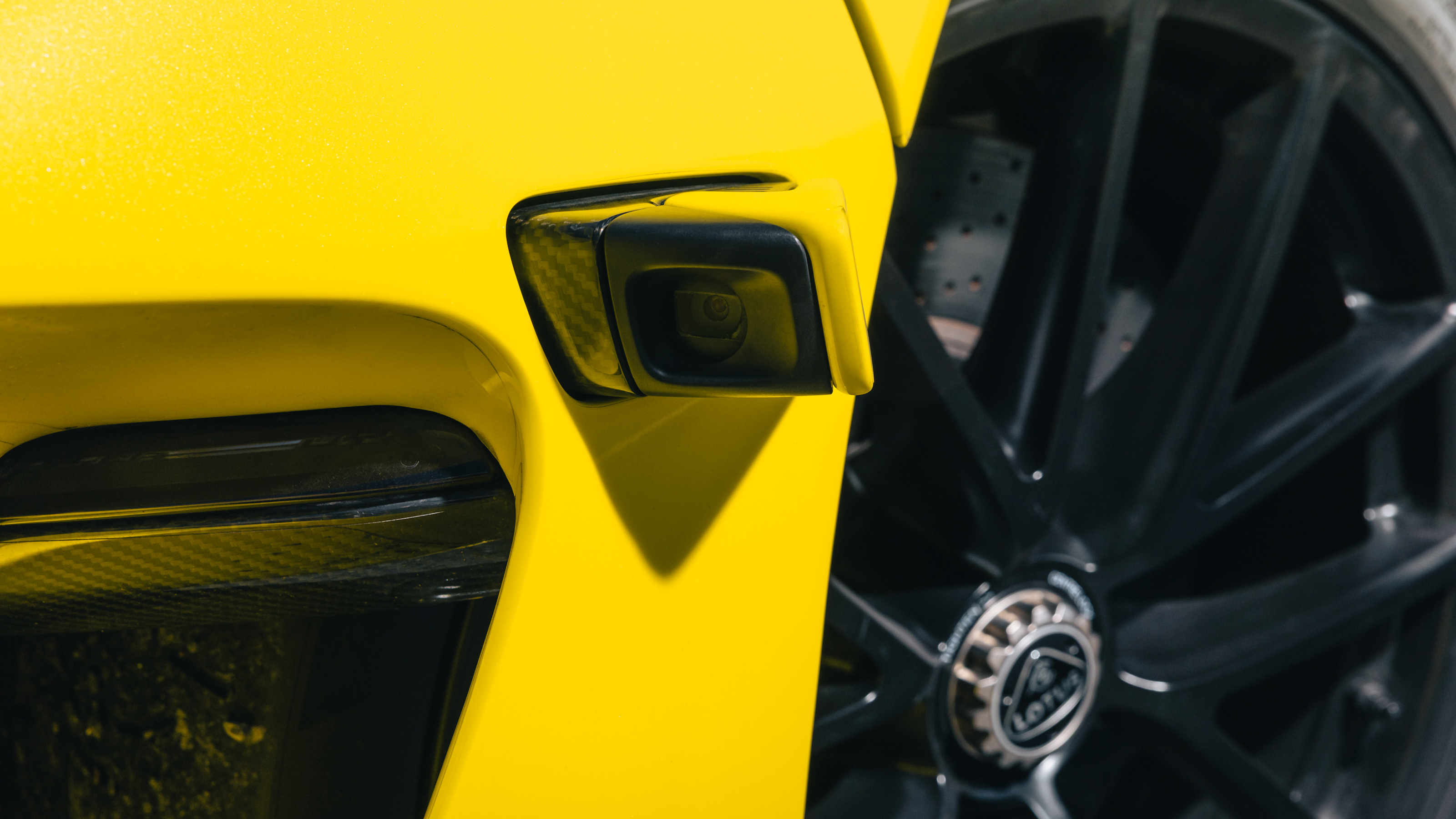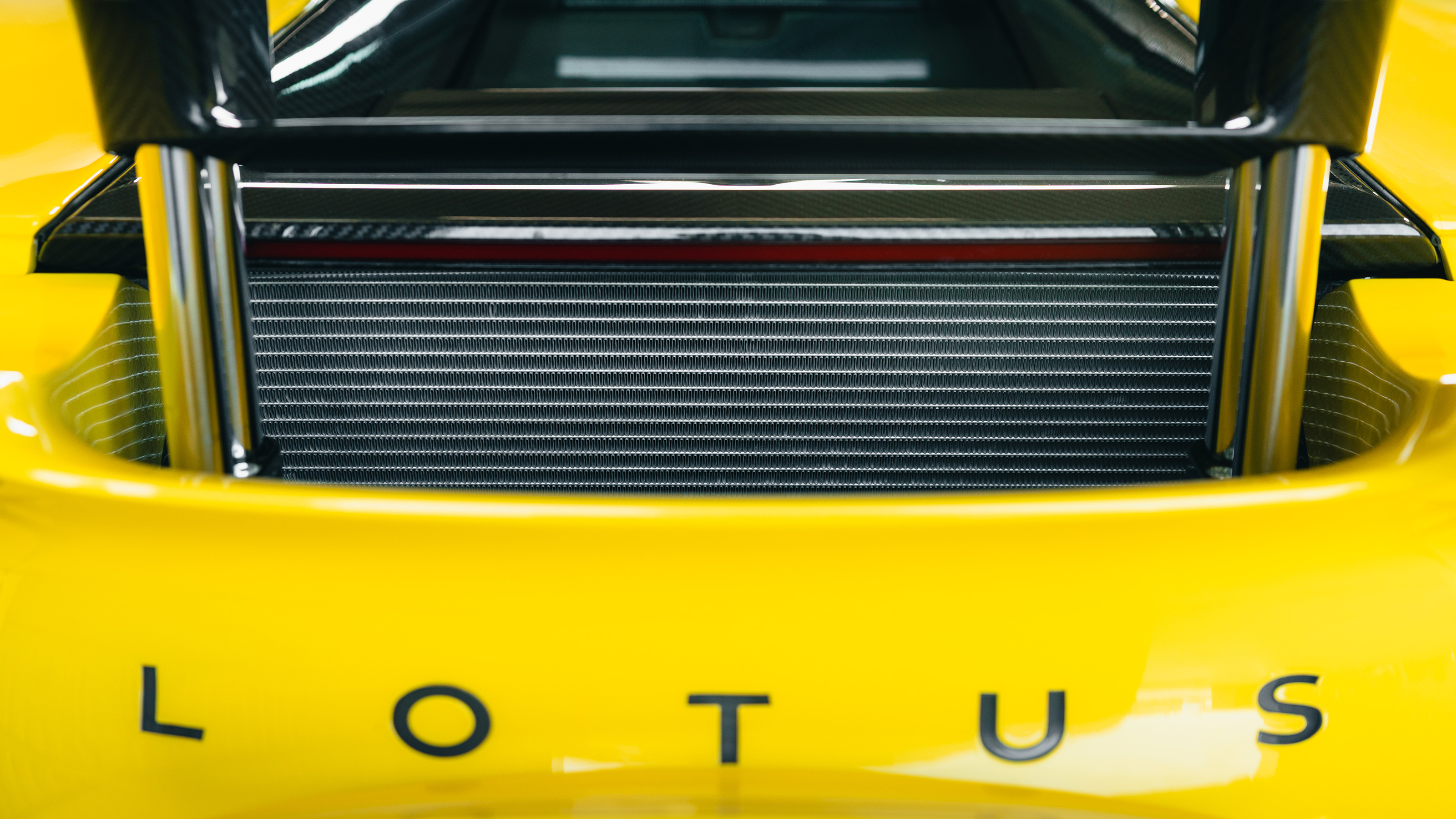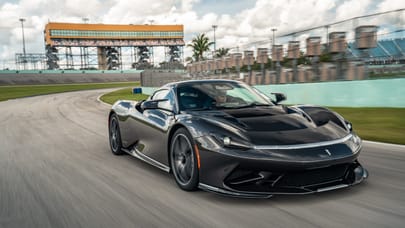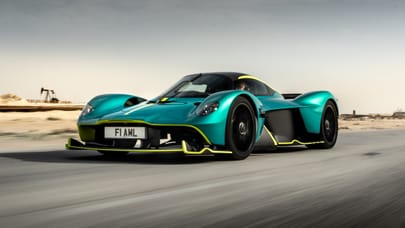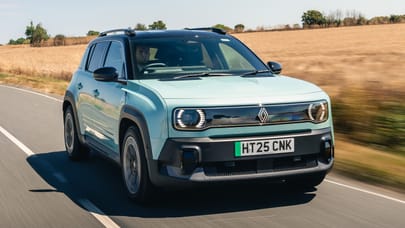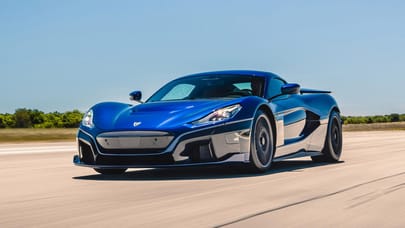
Good stuff
Amazing design, monstrous performance, handles beautifully
Bad stuff
Expensive, sub-optimal range, feels glitchy
Overview
What is it?
It’s the all-electric Lotus hypercar. But you probably knew that already because we’ve had six whole years to get our heads round the idea. Most cars would have been facelifted in the time it’s taken Lotus to get this thing to market – or even been replaced altogether. Still, better late than never.
The Evija first broke cover back in July 2019, so it takes its place alongside those other 21st century moon-shot cars, the Aston Martin Valkyrie and Mercedes-AMG One, in terms of developmental challenge and creative hubris. Talk to any of the people involved with this trio and they’ll rub their eyes wearily, exhale deeply, and admit that yes, it was all a bit much.
Why the delay?
Covid, mainly, but also the sheer challenge of getting this heavily software-defined machine to function. The Evija has actually been in production for a while now, built to exacting standards in the same building in which the fabled early Nineties Lotus Carlton came to life. That had 377bhp and was sufficiently lairy for its very existence to be debated in the House of Commons.
With a power output of 2,011bhp – or 1.5 megawatts if you prefer – the Evija can claim to be the most powerful production car in history. And it can nail 186mph in 9.2 seconds. Here it is, in all its glory. And yet the universe merely shrugs.
Clearly people are harder to please these days. Remind us of the tech…
The 93kWh battery pack is supplied by Coventry firm, Hyperbat; the cells from American supplier Molicell. The pack sits in the middle of the car rather than underneath, and a high power density was obviously the main requirement. Packaging it was such a challenge that the principal power electronic modules are integrated into the pack, with the main energy storage components of the battery in the lower section. The cells are liquid cooled and housed within a carbon fibre case.
A slab or skateboard battery would have been easier to configure but wouldn’t have delivered the sort of dynamics Lotus was targeting. Hence the ‘mid-engined’ configuration. The company had to reset its usual parameters in terms of dynamic clearances in order to make the Evija work; they’re down to just five millimetres in certain areas. The front and rear electronic drive units – which bundle two 500bhp motors together – are separately cooled.
Presumably Lotus has kept a keen eye on quality and durability.
It insists yes. The assembly facility is homely but rigorous. The battery pack can withstand extremely robust duty cycles: during testing, it was dropped, crushed, set fire to, and frozen. It can be run at full velocity for up to eight minutes without de-rating – which is usually done to protect the cells and extend the battery’s lifespan – as Lotus discovered when it took the Evija X to the Nürburgring. It set a lap time around the Nordschleife of 6m 24s, the third fastest ever – only the VW ID.R and Porsche 919 Evo have gone quicker…
Strewth. And it still looks great, no question.
Designed by a team led by the indefatigable Russell Carr, a meteor crash-landing into Earth would have roughly the same impact. The tunnels either side of the battery pack are magnificent achievements, expanses of space that help the Evija’s aero efficiency but also secure its status as perhaps the most singular looking road car currently available.
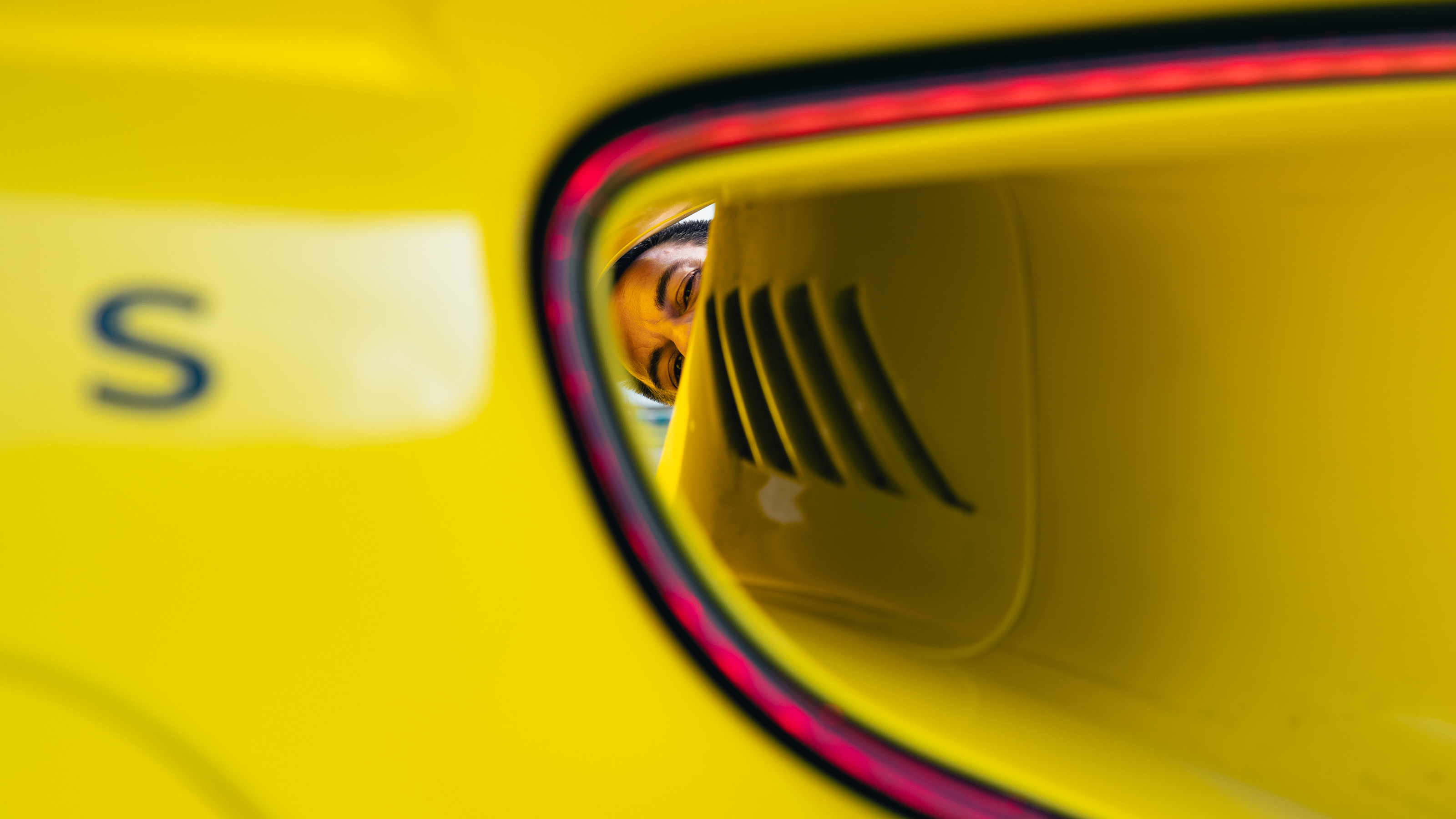
It’s equally exotically engineered. It’s made entirely of carbon fibre; chassis, body panels and all, including the front sub-frames. This is all in aid of maximum structural rigidity. The Evija’s carbon tub is supplied by Italian company CPC, and it’s one of the biggest single-piece composite chassis that’s ever been attempted. Manufacturing it takes two days, after which the body is loaded up and transported to Hethel.
The cockpit sits well within the body, a layout that evokes early Seventies endurance racers, a generation that holds every car designer spellbound. Around 85 per cent of the components are from UK suppliers, hence the jingoistic Union Jack motifs sprinkled around the body.
Any other highlights?
There’s a complex race-bred in-board suspension, co-developed by Multimatic (which also supplies Ferrari and Mercedes-AMG). That includes an F1-style ‘heave’ damper to absorb the effect of the Evija’s considerable downforce – an unbelievable 1,680kg at the car’s 217mph Vmax – while its overall aerodynamic properties are dictated by the air flowing not just over and under it, but also through it.
The battery pack alone weighs 753kg – more than the weight of an original Lotus Elise – the Evija tipping the scales overall at 1,894kg.
Lotus insists that the Evija has an analogue feel and says its chassis dynamics are passive in the classic Lotus idiom. It doesn’t have active suspension or rear steer, and the aim is for the driver to get exactly what they expect, when they expect it.
Rivals?
Most obviously, the Rimac Nevera and Pininfarina Battista. Ferrari’s BEV – rumoured to be more of a Purosangue Speciale visually than a swooping hypercar – is due to be revealed towards the end of this year.
Lotus remains coy about how many Evijas have found homes, but at £2.4m a car like this is unquestionably a tough sell – as Mate Rimac himself has admitted. Lotus thinks that some will take their place in car collections, and the Evija certainly has its sculptural qualities. But you could buy a fair few works by Henry Moore for this sort of outlay.
What's the verdict?
There’s real magic here, no question. And yet, the world, we know, is refusing to fall in love with the vastly horsepowered, hyper-EV. A multi-million pound curio, the Evija is unlikely to deliver the paradigm shift Lotus needs it to.
It’s mesmerising to look at, fast as hell, and handles spectacularly. We can only salute the team behind it who have done a great job nursing it into production. But the motors are noisy, the range barely adequate, and the software issues we experienced during our extensive time with the car are reminders of fragile Lotuses past. Could it be that the Evija is answering a question no-one was really asking?
The Rivals
Trending this week
- Car Review
BMW iX3




